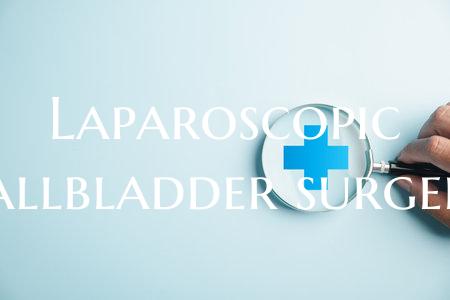
Laparoscopic gallbladder surgery
Laparoscopic gallbladder surgery, also known as minimally invasive cholecystectomy, is a modern surgical technique used to remove the gallbladder. This procedure offers numerous advantages over traditional open surgery, including smaller incisions, less pain, shorter recovery times, and reduced risk of complications.
During a laparoscopic gallbladder surgery, the surgeon makes several small incisions in the abdomen and inserts a tiny camera called a laparoscope. This camera allows the surgeon to visualize the internal organs on a monitor and guide small surgical instruments to remove the gallbladder safely. The gallbladder is then detached from the liver and removed through one of the incisions.
Patients who undergo laparoscopic gallbladder surgery typically experience less postoperative pain and scarring compared to open surgery. Recovery time is also quicker, with most patients able to return to normal activities within a few days. Complications such as infection, bleeding, and hernias are rare with this minimally invasive approach.
It is essential for patients to follow their surgeon's postoperative instructions carefully, including dietary recommendations and activity restrictions, to ensure a smooth recovery. Most patients can resume a normal diet shortly after surgery, although fatty and greasy foods may need to be avoided temporarily.
Overall, laparoscopic gallbladder surgery is a safe and effective treatment option for conditions such as gallstones and gallbladder inflammation. It offers patients the benefits of minimal scarring, reduced pain, and quicker recovery, allowing them to get back to their daily routines faster. If you are considering gallbladder surgery, be sure to discuss the best treatment options with your healthcare provider.